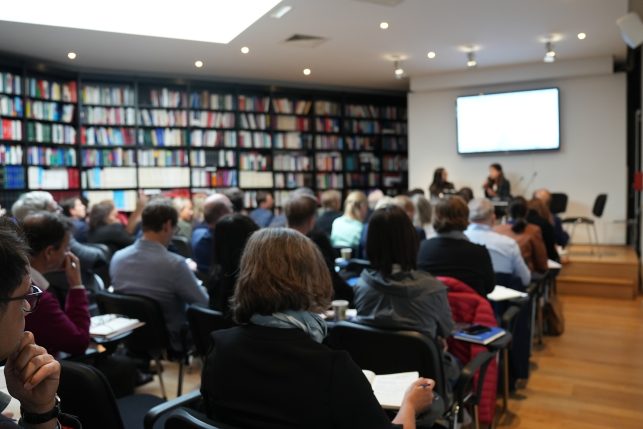The law pertaining to mergers is often solicited in respect of merger-acquisition transactions by the digital giants , which most often escape review by the competition authorities because they target innovative entrants or which have not yet monetized their innovation. In practice, the digital platforms in question use this intensive hostile takeover policy, either to kill the target where the growing community of users is liable to quickly create a serious competitor (killer acquisitions), or more frequently to integrate into their ecosystem young start-ups and develop their activity in order to increase their own community of potential users and strengthen their position in the dominated market or on neighboring markets (“consolidating” or “encompassing” acquisitions). Since 2008, Google has, for example, acquired 168 undertakings, including Waze and YouTube, and Facebook has absorbed 71 undertakings, including Instagram and WhatsApp. In all cases, potential competition is limited, without these acquisitions being subject to merger control since they do not exceed the national or European thresholds for mandatory notification. In the first case, a source of innovation which could have boosted the competitive functioning of the market and benefit the consumer is eliminated, while in the second, it is confiscated by the dominant operator who collects the benefits by depriving consumers of an alternative offer. This practice by the so-called “structuring platforms” certainly benefits start-ups which are able to optimize the value of their creation quickly and at a high level but tends to foreclose the market and is detrimental to innovation.
In addition, the competitive analysis of mergers in the digital sector requires a prospective assessment of potential conglomerate effects, which is a complex task in emerging, innovative and evolving markets. French decision-making practice in merger control has already adapted to the specificities of the digital sector by including online sales in the definition of the relevant market and by focusing the competitive analysis of the impact of the merger on the consumer interest (Competition Authority decision No 19-DCC-199 of 28 October 2019, LawLex202000000024JBJ) or taking into account potential competition from structuring digital platforms such as Google, Amazon and Facebook (Competition Authority decision No 18-DCC-18 of 1 February 2018, LawLex201800000450JBJ).
Accordingly, the Competition Authority proposes to update the competitive analysis criteria so that the impact of a merger in the digital economy can be examined with regard to various parameters relevant to consumers, such as pluralism, diversity or quality of service offered, without being limited to the effects on prices alone. It advocates improving the tools for measuring the market power of merged entities when it stems from the possession of vast data or large user communities, as well as making greater use of behavioral commitments, which are more flexible and adaptable than structural commitments, to restore the conditions for effective competition. Further, in order to address the legal vacuum concerning predatory acquisitions, the Competition Authority, in its contribution to the debate on competition policy and digital challenges of 21 February 2020, proposed more frequent recourse to the referral mechanism provided for in Article 22 of Regulation No 139/2004, which allows national competition authorities to refer a non-notifiable concentration to the Commission, whether with regard to national or European thresholds, if it threatens to significantly affect competition on its territory. In Germany, merger control has already been extended to transactions involving high-potential but very low-sales start-ups, particularly in digital markets, by the Ninth Amendment of the Act against Restraints of Competition of 9 March 2017.
The Competition Authority has also put forward the idea of introducing a twofold mechanism with the introduction of an obligation to provide information to the Commission and/or the competition authorities concerned, on any merger implemented by a structuring digital platform on the basis of competition monitoring – which already exist in some European countries (inter alia Ireland, Norway, Sweden) and in the United States and Japan. The Competition Authority would require the parties to notify the concentration – either ex post or ex ante – where three conditions are met:
- the realization of a total worldwide turnover greater than EUR 150 million by all the undertakings or groups of legal persons or individuals who are parties to the merger;
- the transaction raises substantial competition concerns in the territory in question and, where applicable,
- the transaction does not fall within the jurisdiction of the European Commission.
The Competition Authority’s wishes have been partly heeded by the Commission, since Article 22 of the Merger Regulation is to be amended so that the European authority will now allow Member States’ authorities to refer sensitive mergers to it for review even when they do not exceed the notification threshold at the national level.
The French Competition Authority sees this evolution of the European Commission’s approach as an excellentstrategy since it can be achieved in the short term and provides an initial solution to the problem of predatory and consolidating acquisitions in the digital economy.

 MY ACCOUNT
MY ACCOUNT














